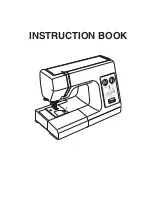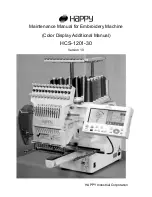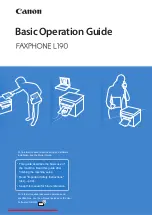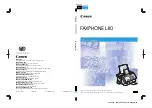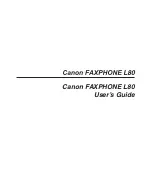
4
Extension Table
The extension table provides added sewing surface
and can be easily removed for free arm sewing.
Detaching the table:
Pull the table away from the machine, as illustrated.
Attaching the table:
Push the extension table until it snaps into the
machine.
Advantages and uses of free arm sewing:
*
Avoid fabric bunching around the needle when
bartacking to reinforce pockets, plackets and
waistlines.
* For stitching sleeves, waistbands, pants legs or
any circular garment area.
* For darning socks or mending knees, elbows or
areas of wear in children's clothes.
Standard Accessories and Storage Place
1
Zipper foot
2
Hemmer foot
3
Sliding buttonhole foot
4
Hem guide
5
Seam ripper
6
Large screwdriver
7
Small screwdriver
8
Set of needles
9
Bobbins
10
Oil
11
Extension table
SECTION II GETTING READY TO SEW
1
2
3
4
5
6
7
8
9
10
11
Janome us2004 Instruction Manual
www.aaasewing.com
US2004 Owners Manual/ User Guide






















